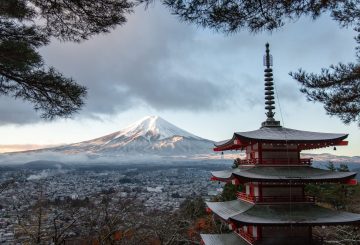海鲜行业的领导者已经承认,自从引入机载摄像头以来,渔民在报告副渔获物种时可能会更加谨慎。在此之前,初级产业部(MPI)的数据显示,自该政策实施以来,商业捕捞业捕获的海豚和其他鱼类和海鸟数量显著增加。截至4月1日的数据显示,自相机推出以来,与推出之前的2018年相比,海豚捕获量增加了七倍。捕捞中报告的鱼类种类数量增加了34%,丢弃的鱼类增加了46%。
新西兰海鲜局表示,由于船上有摄像头,渔民在报告副渔物种类时可能会更加谨慎。首席执行官杰里米·赫尔森表示,报告的增加并不出乎意料。他补充说,该行业正在继续投资以最大限度地减少不必要的渔获量。
但是,海鲜巨头桑福德的代理首席执行官克雷格·埃里森对摄像机政策损害捕鱼人员的隐私和系统成本表示担忧。Sealord是一家从事深水捕捞作业的公司,其船上没有摄像头,因为该政策适用于近海拖网捕捞。他们质疑该政策的融资模式,并建议政府为摄像机提供资金。
绿色和平组织说,这些数字显示该行业 “大量少报”。奥塔哥大学动物学教授利兹·斯洛滕认为,尽管引入了摄像头,但一些渔业的监测仍然很差。



























































